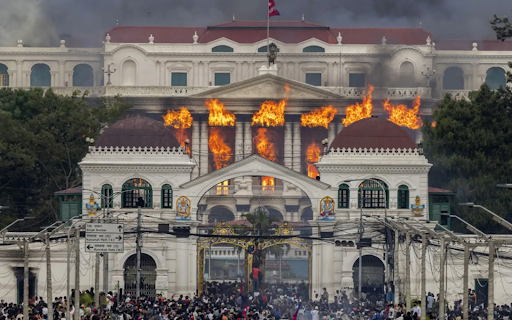As Nepal grapples with its worst unrest in decades, the ghost of its past political turmoil, including the recent memory of its monarchy, looms large. The current crisis has not only exposed the failures of the present republic but has also reawakened debates about the country’s fundamental political identity, a conversation that had been dormant but never fully resolved.
The text notes that earlier in March, a rally to demand the restoration of the monarchy led to deadly clashes, indicating that pro-monarchy sentiment still exists. While the current youth-led protests are not calling for a king, their profound disillusionment with the republic could inadvertently create political space for such movements to grow. The protesters’ rejection of the current political class could be interpreted by some as a rejection of the republican system itself.
Many Nepalis who lived through the 2006 uprising had hoped that the end of the monarchy would usher in an era of stability and good governance. The fact that the country has had 13 governments since then has shattered these hopes. This persistent instability makes people nostalgic for a past that, while authoritarian, is sometimes remembered as being more orderly.
The current crisis, therefore, is not just a challenge to a specific government but a stress test for the entire post-2008 political order. The failure of the republic to deliver on its promises has left it vulnerable. As the nation struggles to find a way forward, the unresolved questions from its turbulent past, including the role of the monarchy, will continue to haunt its present.

